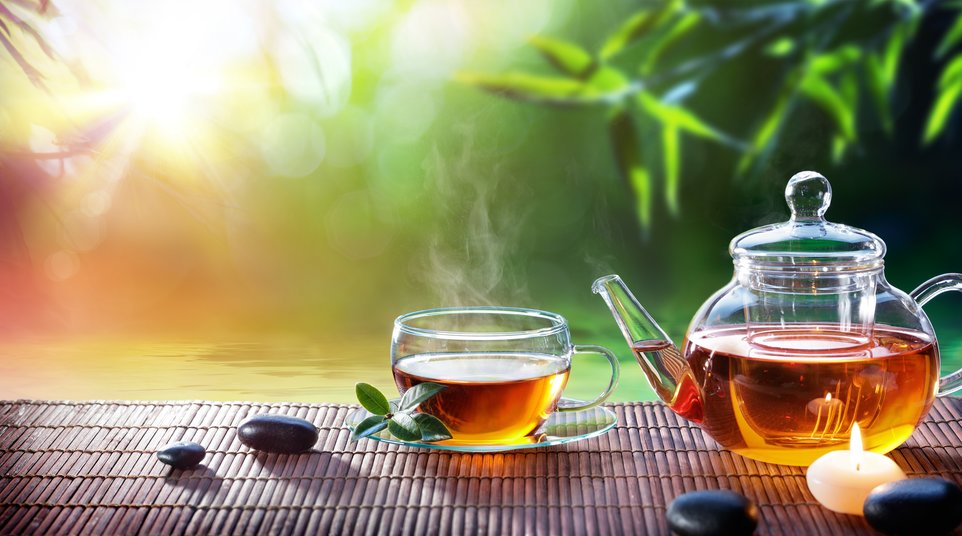el-poder-calmante-del-te
26 May 2021 Estimated time: ~1 min.
The calming power of tea
Tea is a miraculous drink with a history of over four thousand years. And the ritual of serving tea is a real art ...
Contrary to popular belief, it was not the English with their five o’clock tea that popularized this drink, but the Chinese, through Emperor Shen Nung, who first drank tea around 2700 BC.
Tea making differs from country to country. And whether the English are famous for their black milk tea, the Turks for their apple tea or the Chinese for their green tea, Matcha tea is popular in Japan.
In fact, in Japan, tea is more than a hot drink, which you order when you meet friends in the city. Consuming tea involves a whole ritual, it is a ceremony with deep meanings, which means respect, purity, harmony.
The art of seeing beauty in any imperfection
The very choice to prepare tea in a slightly chipped teapot, from your grandmother, or with other traces of wear that betray her old age, is part of this purifying ritual for body, mind and soul.
The Japanese invented, in fact, the concept of wabi sabi, the art of seeing beauty in imperfection, authenticity and in contemplating nature. It is not qualities such as power, invincibility or perfection that are appreciated in Japan, but rather fragility, modesty and vulnerability.
Wabi sabi has its origins in the tea ceremony in Japan and urges minimalism and simplicity.
Tea ceremony in Japan
In Japan, the tradition of the tea ceremony dates back to the ninth century, when a Buddhist monk named Eichu personally prepared and served sencha (the most popular Japanese tea) to the Saga emperor. At that time, tea had already been consumed in China for over a thousand years for medicinal purposes.
For the tea ceremony you need a Chawan - tea cup, a Chakin - cotton napkin used to purify the tea cup, a Chasen - object for creating sparkling tea suspension and a Chashaku - object for measuring the amount of tea powder needed per serving of green tea.
The Japanese call the tea ceremony chanoyu, sado or chado, this being a way of life.
The host and the guest will give each other a bow in complete silence, then they will be ritually purified, washing their hands and rinsing their mouths with water from a stone basin. They will then remove their shoes before entering the room specially reserved for the tea ceremony.
The host offers tea to the first guest. He tastes it, compliments the host, bows in respect, wipes the edge of the bowl and offers it to the second guest. The procedure is repeated until everyone has tasted tea from the same bowl.
When drinking tea, body movements should be harmonious, strictly calculated, suggesting inner calm.
The goal of the Japanese ceremony is to create a relaxed closeness between the host and his guests.
Deeply rooted in Chinese Zen philosophy, the tea ceremony is a way to disconnect from the mundane things of everyday life and achieve inner peace and serenity. To recharge your batteries and pamper your soul.







